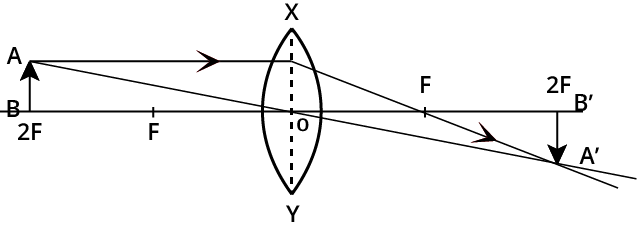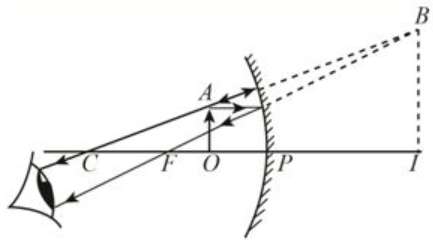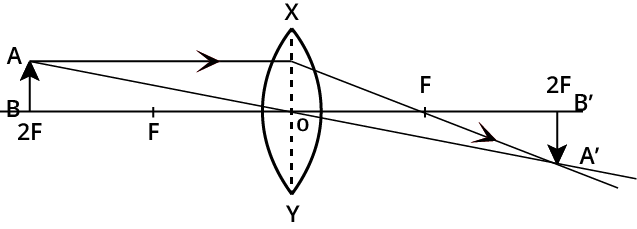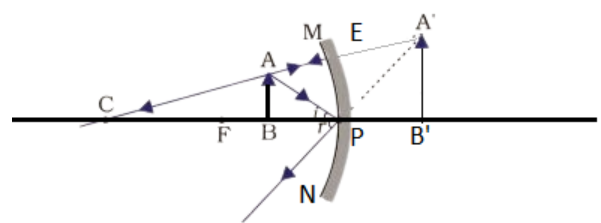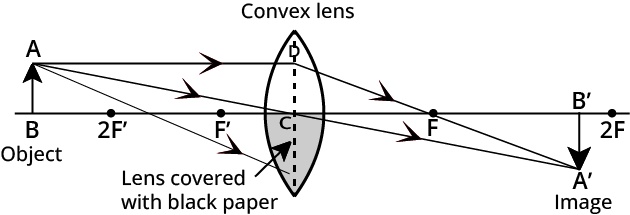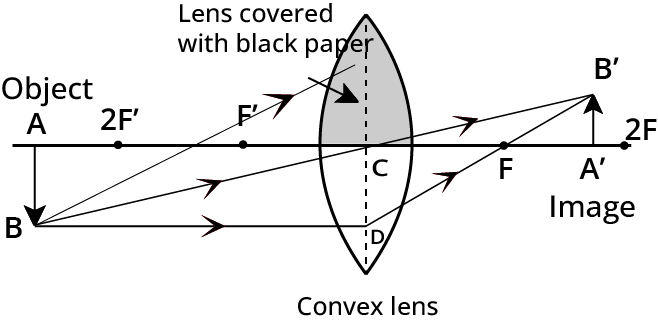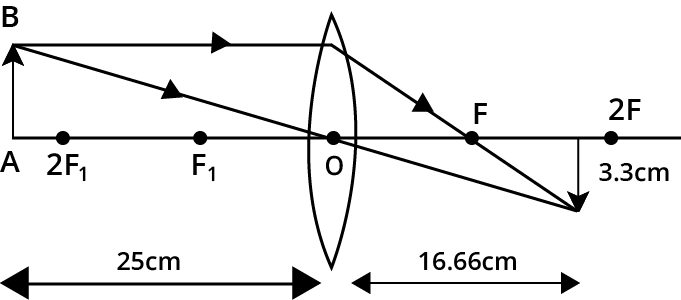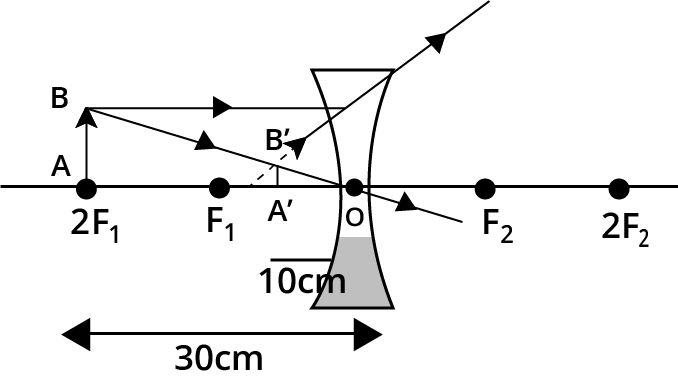Class 10 Science Chapter 9 Questions and Answers - Free PDF Download
NCERT Solutions For Class 10 Science Chapter 9 Light Reflection And Refraction - 2025-26
FAQs on NCERT Solutions For Class 10 Science Chapter 9 Light Reflection And Refraction - 2025-26
1. What is the difference between reflection and refraction of light?
Reflection occurs when light bounces back from a surface, while refraction happens when light bends as it passes from one medium to another. In reflection, light stays in the same medium but changes direction, whereas in refraction, light enters a different medium and changes both direction and speed.
2. How do NCERT Solutions help students understand light reflection and refraction numericals?
NCERT Solutions provide step-by-step solutions for all numerical problems related to mirrors, lenses, and optical calculations in Chapter 9. These solutions break down each numerical into clear steps - identifying given values, selecting appropriate formulas, substituting values, and calculating final answers with proper units. These detailed solutions help students master optical calculations and build confidence in solving similar problems independently.
3. What are the laws of reflection of light?
The laws of reflection state that the incident ray, reflected ray, and normal all lie in the same plane, and the angle of incidence equals the angle of reflection. These laws apply to all reflecting surfaces including plane mirrors, concave mirrors, and convex mirrors.
4. Why do students prefer the free PDF format for Class 10 Science Chapter 9 solutions?
The Free PDF format from Vedantu allows students to access complete solutions offline without internet dependency, making study sessions more flexible and convenient.
Students can study during travel, in areas with poor connectivity, or save on mobile data while preparing for exams. Download the PDF once and access all in-text questions, exercise problems, and additional practice questions anytime.
5. What is the mirror formula and how is it applied?
The mirror formula is 1/f = 1/v + 1/u, where f is focal length, v is image distance, and u is object distance.
6. How do the class 10 science chapter 9 question answer solutions cover practical applications?
The solutions connect theoretical concepts with real-world applications like telescopes, microscopes, cameras, and eyeglass corrections for vision defects.
Understanding practical applications helps students relate physics concepts to everyday life and improves conceptual clarity.
7. What is total internal reflection and when does it occur?
Total internal reflection occurs when light traveling from a denser medium to a rarer medium strikes the interface at an angle greater than the critical angle. In this phenomenon, light is completely reflected back into the denser medium without any refraction occurring.
8. What comprehensive topics are covered in light reflection and refraction Class 10 NCERT solutions?
The solutions cover reflection from plane and spherical mirrors, refraction through glass slabs and lenses, and human eye optics with vision corrections. This chapter forms the foundation for advanced optics and has direct applications in medical and technological fields.
Vedantu's solutions ensure students grasp both theoretical concepts and practical problem-solving techniques for comprehensive exam preparation.
9. How does refraction cause apparent depth and other optical illusions?
Refraction makes objects appear at different positions than their actual locations due to light bending at interfaces. Water appears shallower than its actual depth, and objects in water seem closer to the surface because light rays bend away from normal when traveling from water to air.
10. What important formulas and concepts does the light reflection and refraction Class 10 PDF include?
The PDF contains all essential formulas including mirror equation, lens formula, magnification formulas, and refractive index calculations with detailed derivations. Having formulas in one accessible document helps during quick revision and problem-solving practice sessions.
Key formulas covered:
Mirror formula: 1/f = 1/v + 1/u
Lens formula: 1/f = 1/v - 1/u
Magnification: m = v/u = h'/h
Refractive index: n = c/v = sin i/sin r
Power of lens: P = 1/f (in meters)














 Watch Video
Watch Video





